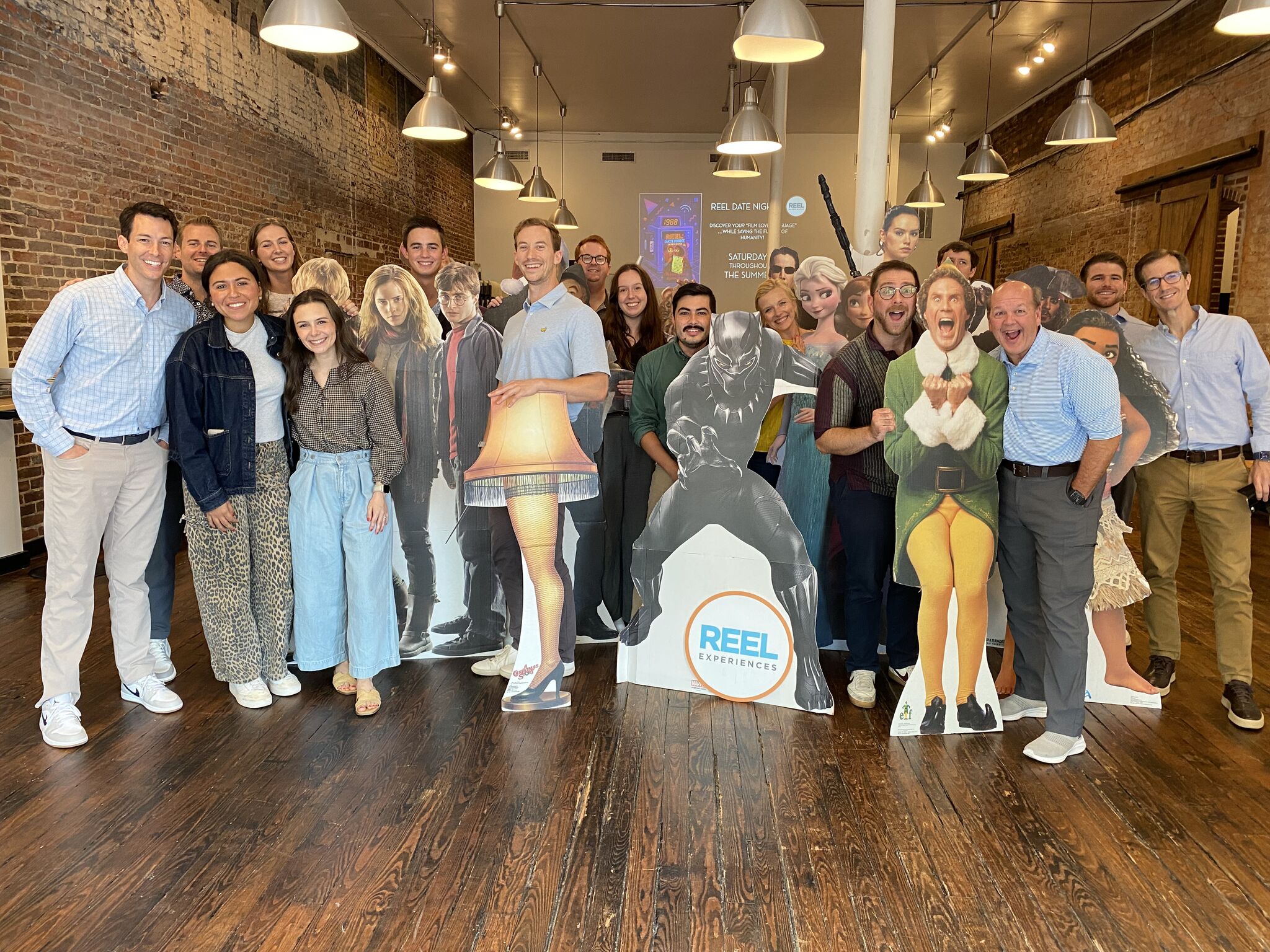Today is the 4th of July. On this day in 1776, our forefathers signed the Declaration of Independence, so it’s the day we, as Americans, celebrate our freedom. Later this week I’ll be traveling to Simi Valley, California, to visit the Ronald Reagan Presidential Library for the first time. There are few things I love more than 4th of July cookouts, fireworks, and celebrating the freedom we have in the USA. As we think about this holiday and my upcoming visit to the Reagan library, let’s take a look at the lessons we can learn from the legacy of President Reagan. Here are five of the most crucial components of Reagan’s leadership:
1. Compelling Vision
Where there is no vision, the people perish.
Proverbs 29:18a
People are motivated and moved by vision, and Ronald Reagan’s was both powerful and compelling. Ronald Reagan wanted America to be a country where individuals have an opportunity to pursue their dreams. This compelled his vision of a United States government that would create and foster an environment that encouraged people to pursue and achieve success. He wanted America to be a beacon of hope and democracy for the world, famously saying, “America is too great for small dreams.” Reagan’s vision was concrete and captivating, and Americans wanted to be a part of it.
2. Clear Goals
Reagan defined success clearly, and he communicated in a way that people understood exactly what he wanted. On June 12, 1987, President Reagan gave a speech at the Brandenburg Gate and boldly declared, “Mr. Gorbachev, open this gate! Mr. Gorbachev, tear down this wall!” He knew that the only way to reestablish peace and prosperity in the Soviet Union and Eastern Europe was for the Berlin Wall to fall. The fact that one world leader stood in a foreign country and publicly told another world leader what he should do is extraordinary. In today’s environment, many would feel outraged by this kind of declaration and even consider it disrespectful. However, Reagan’s clarity and courage were refreshing. There was no mistaking President Reagan’s goal, and both Americans and the world responded to his leadership.
3. Connecting with Others
There are countless stories of Ronald Reagan’s relatability and desire to connect with other people.
For example, Reagan chose to attend Eureka College, a co-educational school open to a diverse community of students and only one of a few such institutions at the time. While there, he befriended Willie Sue Smith, the first African American female to graduate from college. Smith would help Reagan pass notes between him and his girlfriend during class.
Another story that exemplifies his relatability comes days after he was shot. He accidentally spilled some water on the floor in his hospital room. He was caught on his hands and knees wiping up the water and said that he wanted to clean it up, so his nurse wouldn’t be blamed for the mess. Proverbs 18:12 says, “Humility comes before honor,” and Reagan was a man who lived out this principle. President Reagan truly valued people, and his authenticity allowed him to connect easily with others.
4. Choosing to be Optimistic
Reagan’s optimism stands in stark contrast to so much negativity seen in leadership today. Throughout his presidency, he maintained a positive temperament and paired it with bold, persistent action. Reagan was eager to move forward and grow, saying, “Like most Americans, I live for the future.” He would never settle for dwelling on what had been and was hopeful for what Americans could achieve.
5. Consistent Character
More than anything, Ronald Reagan was consistent, and to him, character was king.
Peggy Noonan, President Reagan’s speechwriter, said it best:
“In a president, character is everything. A president doesn’t have to be brilliant; Harry Truman wasn’t brilliant, and he helped save Western Europe from Stalin. He doesn’t have to be clever; you can hire clever. White Houses are always full of quick-witted people with ready advice on how to flip a senator or implement a strategy. You can hire pragmatic, and you can buy and bring in policy works, but you can’t buy courage and decency; you can’t rent a strong moral sense. A president must bring those things with him.”
Reagan held his role as a leader with courage and decency, using his strong moral convictions to make wise decisions for his country.
Whether you’re the president of a company or the coach of a little league baseball team, we all can become better leaders by looking at and learning from Ronald Reagan’s legacy.
We all can become better leaders by looking at and learning from Ronald Reagan’s legacy. #RonaldReagan #IndependenceDay
Today, I hope you have the opportunity to rest, to spend time with family, and to celebrate our freedom. Let's take these lessons from the past and apply them to the present to help create the brighter future Reagan saw for America.

























.svg)




